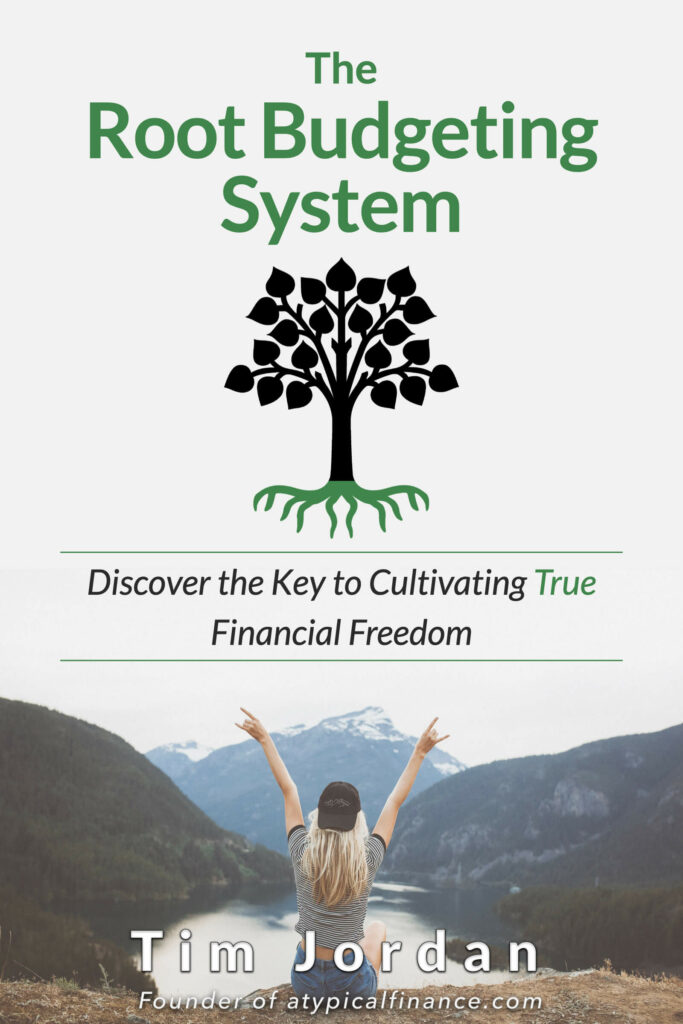Hey everyone! I’ve got a great guest post today from Rick Pendykoski. Rick is the owner of Self Directed Retirement Plans LLC, a retirement planning firm based in Goodyear, AZ. He has over three decades of experience working with investments and retirement planning, and over the last 10 years has turned his focus to self-directed accounts and alternative investments. Rick regularly posts helpful tips and articles on his blog at SD Retirement as well as Business.com, SAP, MoneyForLunch, BiggerPockets, SocialMediaToday, and NuWireInvestor.
Take it away, Rick!
The best way to save for your retirement is to invest your funds in tax-advantaged retirement plans. These retirement savings are meant to be used in retirement.
If you withdraw from them before your retirement age or before age 59 ½, you’ll be charged with an early withdrawal penalty. So do yourself a favor and don’t use your retirement funds before retirement if you want to take full advantage of the benefits of retirement plans.
When it comes to saving for your retirement, there are a few options you can consider. We’ve pulled up the best retirement plans– employer-sponsored plans, IRA and Roth IRA – to help you decide the best option for you:
Let’s take a closer look at what these retirement saving options are:
1. Employer-sponsored plan with the employer match
If you are invested in an employer retirement plan like 401(k) or 403(b), where your employer matches your contributions, you must invest every dollar you can spare to save towards this plan. Why? Because it’s money and it’s free. So, just take it.
There are other advantages of investing in an employer-sponsored plan:
It’s an automatic investment– You don’t need to write a check or set monthly reminders to invest; the money is directly deducted from your paycheck and deposited in your retirement saving account.
It gives you tax benefits– Firstly, the money to contribute to your employer-sponsored plan is not considered for tax purposes. And you don’t pay taxes until you retire. Because of the benefit of tax deferral, your money grows uninterrupted through the years.
While your employer-sponsored plan is the best way to get started, it shouldn’t be the only one. Why? Because most employers only provide matching funds for contributions that is a set percentage of your salary. And if you have an unmatched contribution, you may as well divert it into a different retirement savings account, maybe a Roth IRA.
2. Roth IRA
After you’ve taken maximum advantage of an employer match, you can turn towards investing in a Roth IRA, because it allows:
- Tax-free growth as you never will have to pay tax when you start withdrawing from the account.
- More control over your investment options, unlike employer-sponsored plans.
- Unlike employer-sponsored plans and traditional IRAs, you can decide not to withdraw if you don’t need the money. No compulsions to withdraw once you reach a certain age. That gives your money more time to grow, the tax-free way.
3. Employer-sponsored plan without the employer match
Even if you have reached your matching limit, you have an option to still continue to contribute to your employer-sponsored plans through your paycheck. Why? Even with just your contribution, it’s pre-tax money and you also get the tax deduction benefit.
4. Traditional IRA
so, if you are some of the unfortunate few, who do not have the privilege of an employer-sponsored retirement plan, an IRA is the next best thing for you.
Traditional IRAs are similar to traditional 401(k)s:
- Pre-tax basis contributions
- Withdraw at age 59 ½
- Withdrawals are taxable during retirement.
- Enjoy tax-deferred growth
- Required Minimum Distributions (RMD) kick in when you turn 70 1/2.
The main difference between the two is – IRA contribution limits are lower than those of 401(k)s. For 2019, workers under age 50 can contribute up to $6,000 and people who are 50 and above can contribute up to $7,000. For traditional 401(k), the contribution limit for 2019 is $19,000 for workers under 50, and $25,000 for those 50 and over.
Another significant difference is since IRAs are not employer-sponsored, there is no matching contribution to consider. All the money you put into your IRA comes from you.
Which retirement plan is right for you?
Now that you have got a fair idea of the retirement plan options you have, the next question you should ask yourself is: which plan best serves my needs?
Some tips to help you decide:
- If you have an employer-sponsored 401(k) where your employer matches your contribution, it’s wise to direct your money there, rather than setting up an IRA. Why? Because you’re entitled to the free money from your employer.
- Having said that, Roth IRAs offer some significant advantages. One of them is unrestricted RMDs. So, if you are able to match your employer and still have extra to contribute, it makes sense to divert that extra fund towards a Roth IRA.
- 401(k)s offer a considerably narrower range of investment options than IRAs. You may be limited to a few mutual funds to invest in, but with IRA you have a lot of options such as stocks, bonds, etc.
Before choosing the right retirement saving vehicle for you, assess the pros and cons of each and make an informed decision depending on your situation and your needs. All through this, keep in mind that your retirement saving has a purpose – to provide a good life during your retirement. So, promise yourself that you won’t touch your retirement savings until your retirement.


















